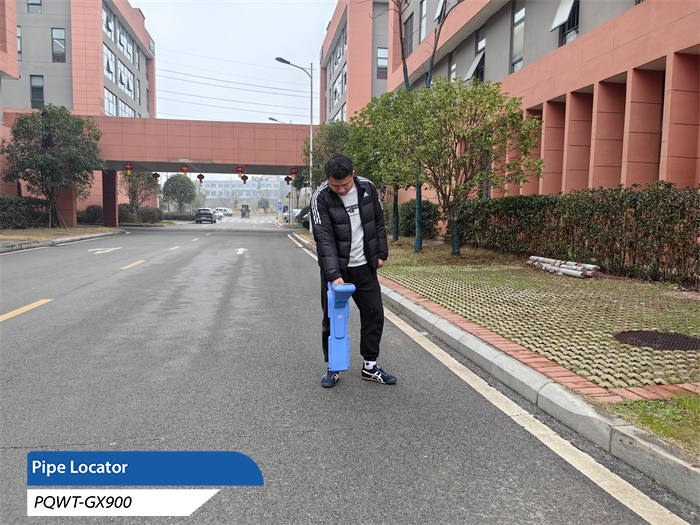In urban planning, construction and management, it is crucial to understand the distribution and layout of underground pipelines. In this regard, underground pipeline detectors have become a key tool. This article will provide you with a detailed introduction to the classification, selection and use of underground pipeline detectors.

First, the classification of underground pipeline detector
1. Electromagnetic induction: This type of instrument mainly uses electromagnetic induction principle, can quickly and accurately detect metal pipelines, electric/optical cables and part of the non-metallic pipelines with metal signs. These instruments are easy to operate, intuitive display, loved by professionals. But for non-metallic pipelines, you may need to use other tools for detection.
2. Radar wave class: another type of underground pipeline detector is the use of radar waves for detection. This instrument can detect underground pipelines of various materials and even find buried objects. However, its environmental requirements are high, and the operator's skills and experience have certain requirements.
Second, how to choose the underground pipeline detector?
When choosing an underground pipeline detector, you need to consider the following factors:
1. Purpose of detection: Define the type and material of pipeline you need to detect in order to choose the right instrument.
2. Operational simplicity: choosing an instrument with simple and intuitive operation can improve work efficiency.
3. Precision and depth: According to the actual demand, consider the depth measurement ability and precision of the instrument.
4. Durability and Reliability: Selecting durable and stable instruments can reduce the maintenance cost in the later stage.
5. Budget: under the premise of meeting the needs, choose the cost-effective instrument.
Third, the use of underground pipeline detector precautions
1. Familiarize yourself with the operation: you should read the manual in detail before use, and familiarize yourself with the function keys and the operation process.
2. Positioning accuracy: according to the actual situation, choose the appropriate positioning method, such as direct connection method, induction method or clamp method.
3. Pay attention to environmental factors: avoid using radar wave instruments in strong electromagnetic fields, high voltage lines and other environments.
4. Regular maintenance: Regularly maintain the instrument to ensure its normal operation.
5. Personnel safety: ensure that the operator understands the performance of the instrument, comply with safety regulations to avoid accidents.
6. Data recording and organization: record the detection data in time to facilitate the later finishing and analysis.
In short, choose the right underground pipeline detector and use it correctly, for the underground pipeline census, maintenance and management is of great significance. We hope that this article can provide useful reference for you in the selection and use of underground pipeline detector.








